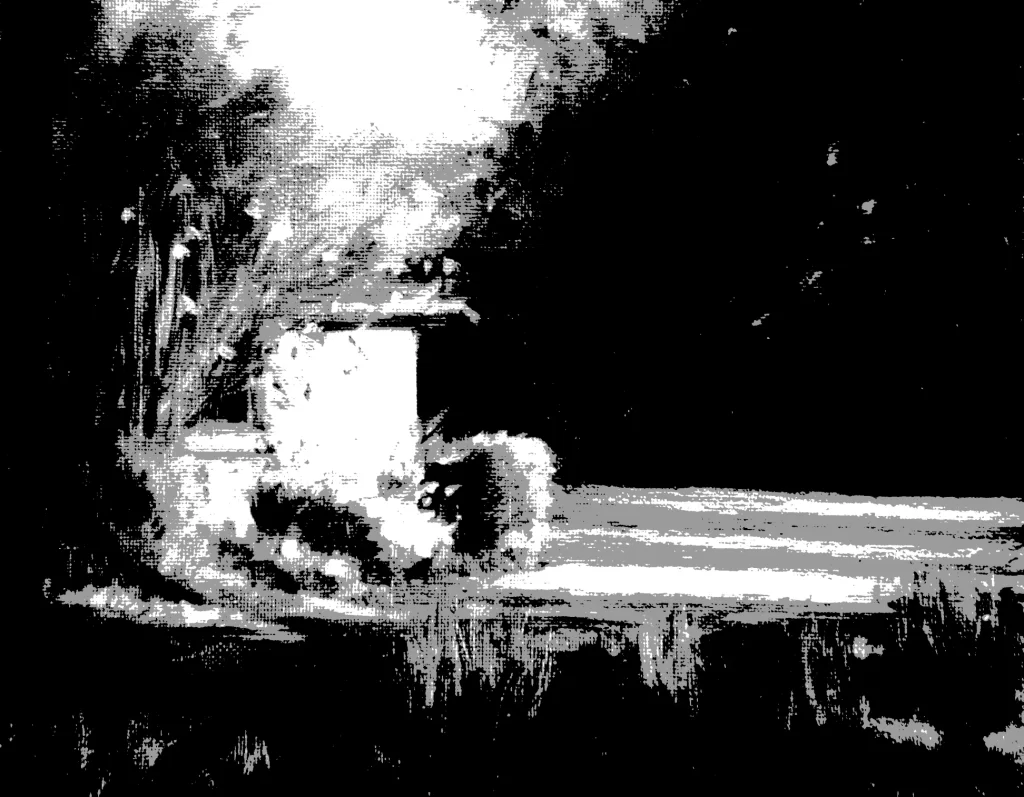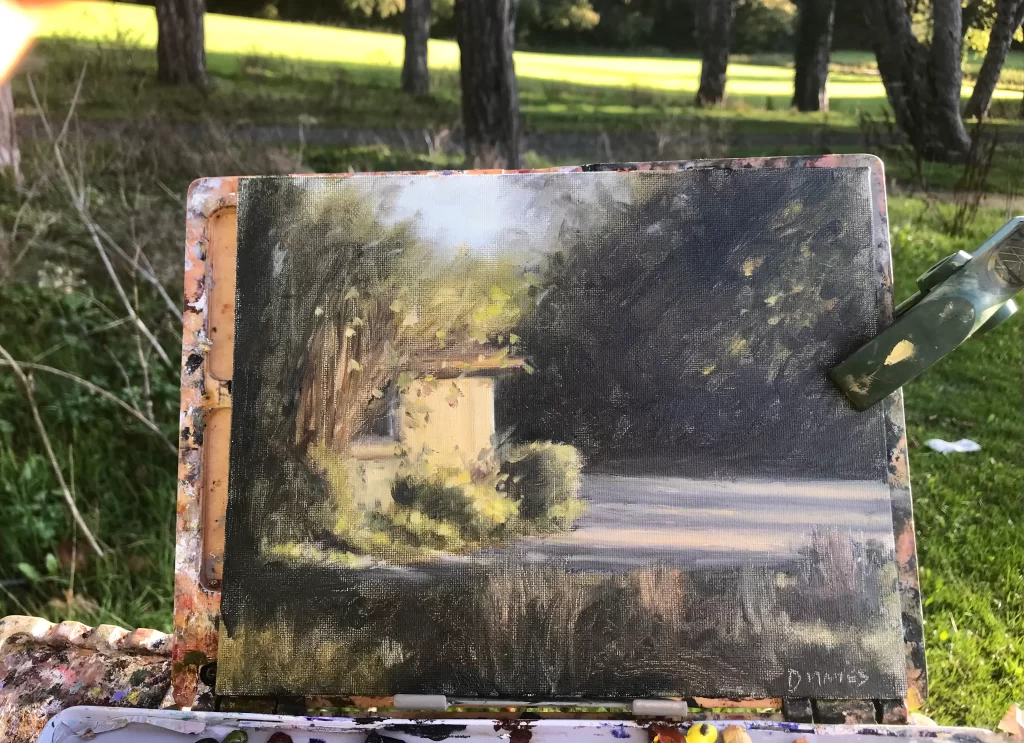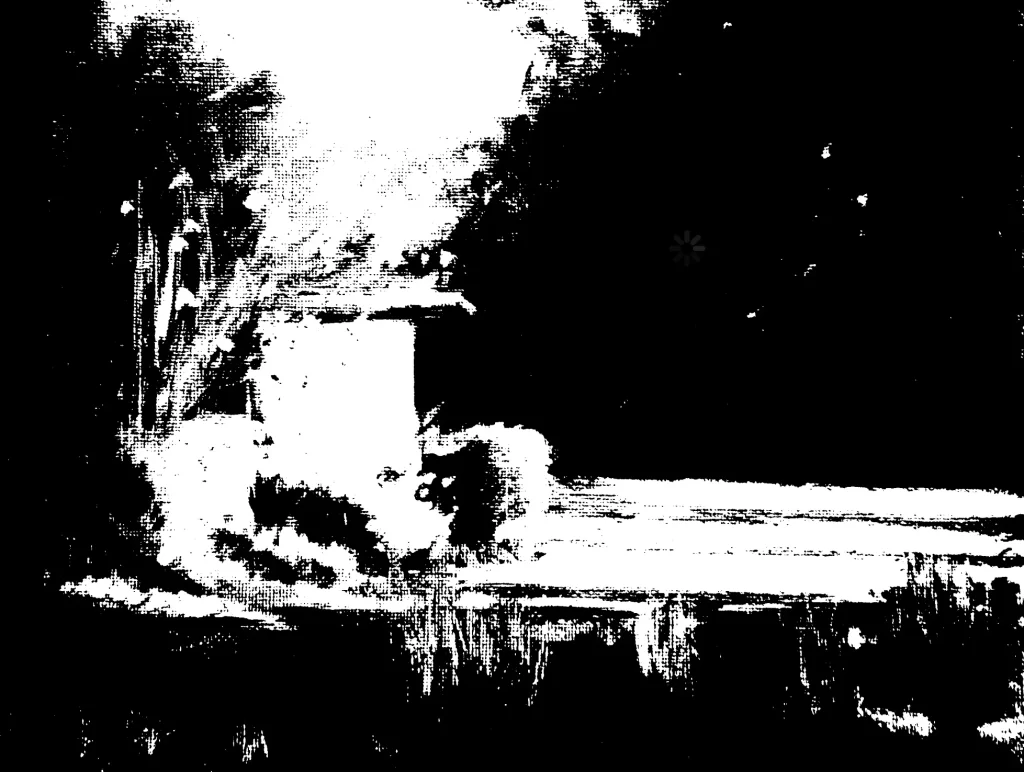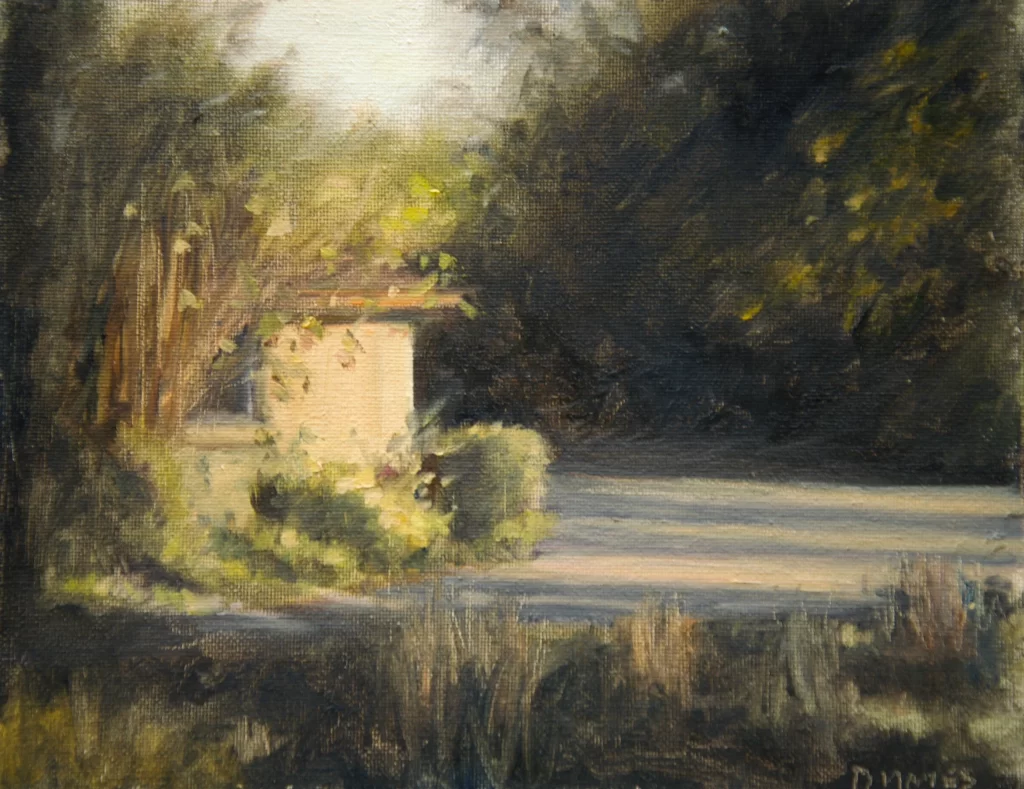How to Use Notan for Stronger Oil Paintings
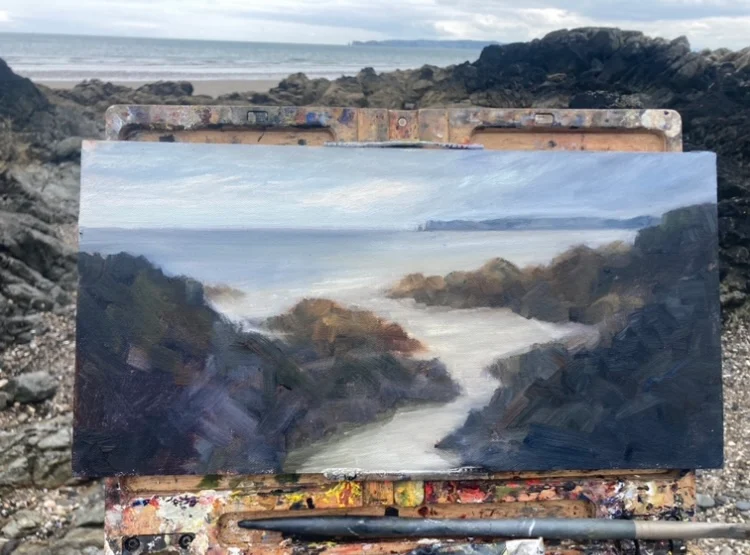
Starting a painting—especially outdoors—can feel overwhelming. There’s so much to take in: shifting light, endless details, and the challenge of turning a three-dimensional scene into a strong composition. That’s why taking a moment for a Notan study before painting can be so helpful.
Notan is a simple but powerful way to break a scene down into its light and dark shapes. When the Notan is strong, the painting has a much better chance of working. If it’s weak or unbalanced, it’s a sign that something needs adjusting before going further.
There are two ways to approach this: you can sketch a quick value study by hand, or you can use a digital tool like Notanizer, which I rely on all the time. Both are useful, and the key is to find what works best for you.
What is Notan?
Notan (a Japanese term meaning “light-dark harmony”) simplifies a scene into just a few values—usually black and white. Instead of getting lost in color and detail, it helps you see the underlying structure of your composition.
Why Notan is So Useful for Oil Painting
Taking just a minute or two to check a Notan has made a huge difference in my paintings. Here’s why:
- It simplifies complex scenes. By reducing everything to basic shapes, it helps cut through overwhelming details.
- It strengthens composition. If the Notan doesn’t work, the painting is likely to struggle too.
- It keeps values in check. Even the most beautiful colors won’t save a painting if the values are off.
- It speeds up decision-making. Especially for plein air painting, where light changes fast, having a clear plan saves time and frustration.
How to Create a Notan Study
If you want to try making a Notan by hand, here’s a simple way to do it:
- Squint at your scene to simplify it into just light and dark shapes.
- Use a black marker or soft pencil to block in the darkest areas on a small sketch.
- Leave the lightest areas white. No shading—just bold, clear shapes.
- Check the design. If the shapes feel unbalanced, try shifting elements or linking shadow areas.
Even a rough Notan can quickly show whether a composition is working.
A Faster Alternative: Using Notanizer
While drawing Notans by hand is great practice, I personally prefer using Notanizer, an app that instantly converts a photo into a black-and-white Notan. It’s a quick way to check composition, especially when painting outdoors.
Here’s how I use it:
- Take a quick photo of the scene I want to paint.
- Use Notanizer to convert it into a Notan.
- Adjust the settings to explore different levels of contrast.
- Make small tweaks—sometimes shifting the composition slightly or linking shadow shapes improves the design.
Notanizer saves me time, and I use it all the time as part of my process. That said, even if you prefer the app, trying a few hand-drawn Notans now and then is a great way to train your eye.
Adding a Three-Value Study
Some people prefer to do a three-value study, which involves breaking down the scene into three distinct values: light, medium, and dark. This can be a bit more nuanced than a simple black-and-white Notan, helping you see subtle variations in the composition.
Bringing Notan into the Painting Process
Once I have a Notan—whether hand-drawn or digital—I use it as a guide:
- I block in my big shapes based on the Notan’s structure.
- As I add color, I keep an eye on values to make sure they still work.
- Even when adding detail, I try to keep the strong light-dark balance that made the Notan effective in the first place.
Final Thoughts
Whether you sketch a Notan by hand, use an app like Notanizer, or create a three-value study, it’s a simple but powerful tool that can transform the way you approach painting. I use Notanizer all the time, but even a quick value study by hand can be incredibly useful.
If you haven’t tried Notan yet, I highly recommend it. It’s an easy step that can lead to much stronger, more dynamic paintings.
